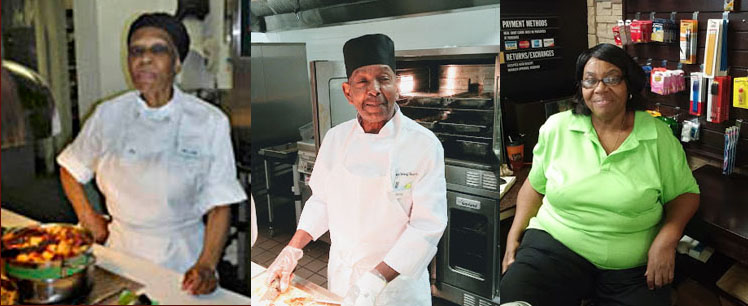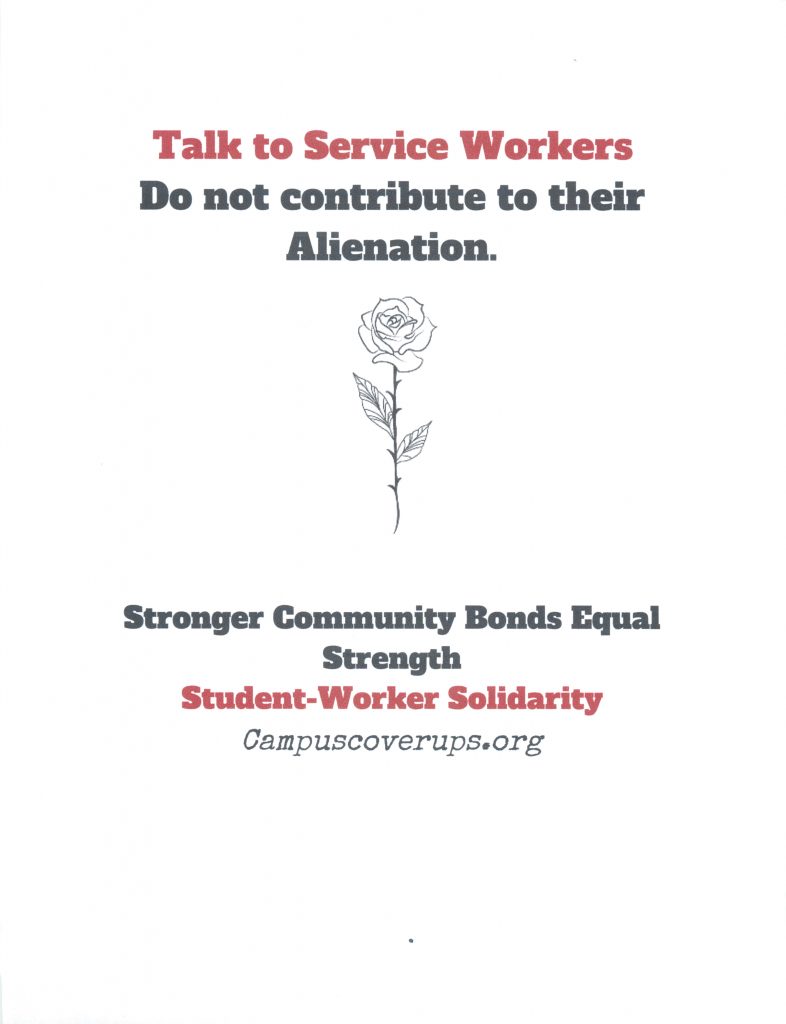Some history.
Social media can influence the university since it is public.
The last major change in the university’s relationship with service workers was a program to give free tuition to the children of service workers. Former President Neil Kerwin announced this in the spring of 2016, and it did exist for at least a few years. Why did this benefit arrive?
At the time, a student activist attacked the university on Facebook almost daily for its treatment of the cleaners on campus. He is Latino and cared a great deal about the nepotism, and mismanagement that he said that the Latino cleaners were suffering. His voice mattered. The university may have gotten tired of his attacks. There was also a large and active Student Worker Alliance that organized large demonstrations in the spring of 2016. And an arrest on campus of a former staffer the previous fall also drew attention to the problems with service workers.
The Eagle covered the university treatment of the service workers with story after story. An example is here.
At the time, students demanded transparency about the service workers from the university. How many workers on campus are employed by private vendors? What is their compensation and benefits? Where is the ombudsman who could protect their rights? The university responded to none of their demands.
Campus administrators now refuse to talk about the tuition benefit given to the children of service workers. I think that you can assume that it disappeared. How can workers gain the transparency, the ombudsman, the tuition benefits for their children, and the free classes that other employees have?
Publicity that embarrasses the university is probably the only way forward:
Can student organizations conduct a vote of confidence/no confidence in the leadership of President Burwell and publicize these results widely?
Can students email the development office announcing that they will not be donating to the university during their careers as long as the university’s current treatment of service workers continues?
Can pickets appear at public events in the future such as Parents’ Weekend?


